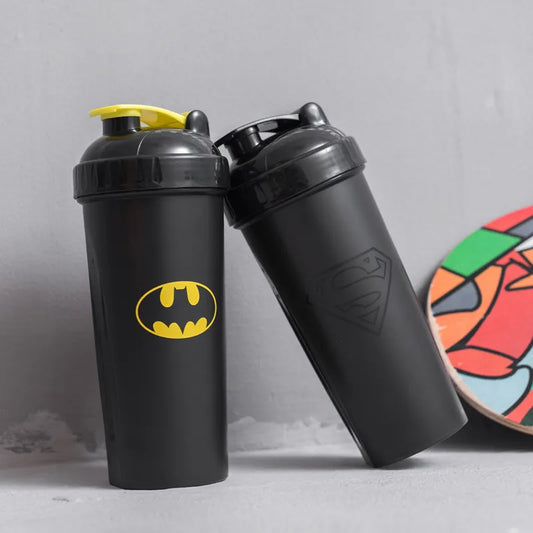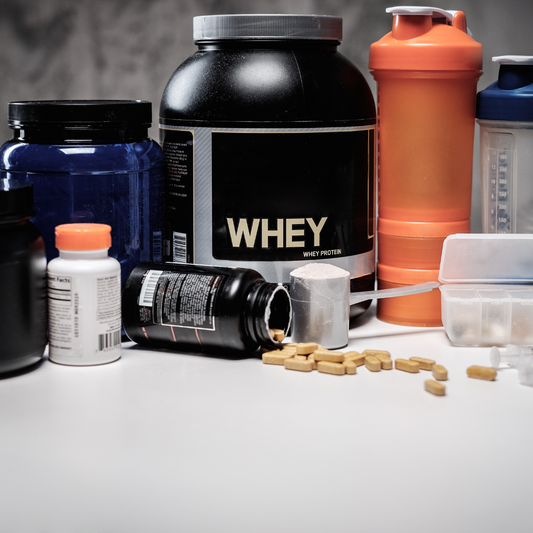Unlocking Bigger Biceps: A Comprehensive Guide
Today, we're diving deep into one of the most sought-after goals in the fitness world - achieving those coveted bigger biceps. Whether you're a beginner or a seasoned lifter, we've got valuable insights and strategies to help you on your journey.
Understanding Bicep Anatomy
- To begin, let's understand the anatomy of the biceps. Your biceps consist of two main muscles - the long head and the short head.
- The biceps are responsible for flexing your elbow joint and rotating your forearm. Building them effectively requires targeted exercises.
- Research from the American Council on Exercise shows that compound movements like chin-ups and curls work best for overall bicep development.
The Importance of Progressive Overload
- One of the keys to muscle growth is progressive overload. This means gradually increasing the weight you lift over time.
- The Journal of Strength and Conditioning Research states that progressively overloading your biceps is essential for hypertrophy.
- Start with a weight that challenges you but allows proper form, then incrementally increase it as you get stronger.
Effective Bicep Exercises
- Now, let's discuss some effective bicep exercises. The barbell curl, dumbbell curl, and hammer curl are among the best choices.
- According to a study in the Journal of Sports Science & Medicine, these exercises activate both the long and short head of the biceps efficiently.
- We recommend incorporating a mix of these exercises into your routine for balanced development.
Optimal Reps and Sets
- The National Strength and Conditioning Association suggests that performing 3-4 sets of 8-12 reps is ideal for muscle hypertrophy.
- However, it's essential to keep your form strict to prevent injury. Avoid swinging or using momentum.
Nutrition and Bicep Growth
- Muscle growth isn't just about lifting weights; it's also about proper nutrition. Protein intake is crucial.
- A study published in the Journal of the International Society of Sports Nutrition highlights the significance of protein for muscle synthesis.
- Aim for a diet rich in lean protein sources like chicken, fish, tofu, and legumes.
Rest and Recovery
- Rest is equally vital. Your muscles need time to recover and grow.
- Research by the European Journal of Applied Physiology indicates that muscle protein synthesis peaks during the first 24 hours post-exercise.
- So, ensure you're getting enough sleep and allowing your biceps adequate recovery time.
Supplementation
- Some fitness enthusiasts opt for supplements like creatine, which can enhance workout performance and muscle growth.
- A study from the International Journal of Sports Physiology and Performance suggests that creatine supplementation can indeed help with muscle hypertrophy.
Tracking Progress
- Lastly, tracking your progress is essential. Use a workout journal or smartphone app to monitor your lifts and measurements.
- This not only keeps you motivated but helps you adjust your routine for continued growth.
Conclusion
- In conclusion, bigger biceps are achievable with the right strategy.
- Remember to understand your bicep anatomy, focus on progressive overload, perform effective exercises, maintain a balanced diet, prioritize rest, and consider supplementation if needed.
- Stay committed, stay consistent, and you'll be well on your way to those impressive guns!
- If you found this post helpful, don't forget to hit the like button, subscribe, and share it with fellow fitness enthusiasts.


























